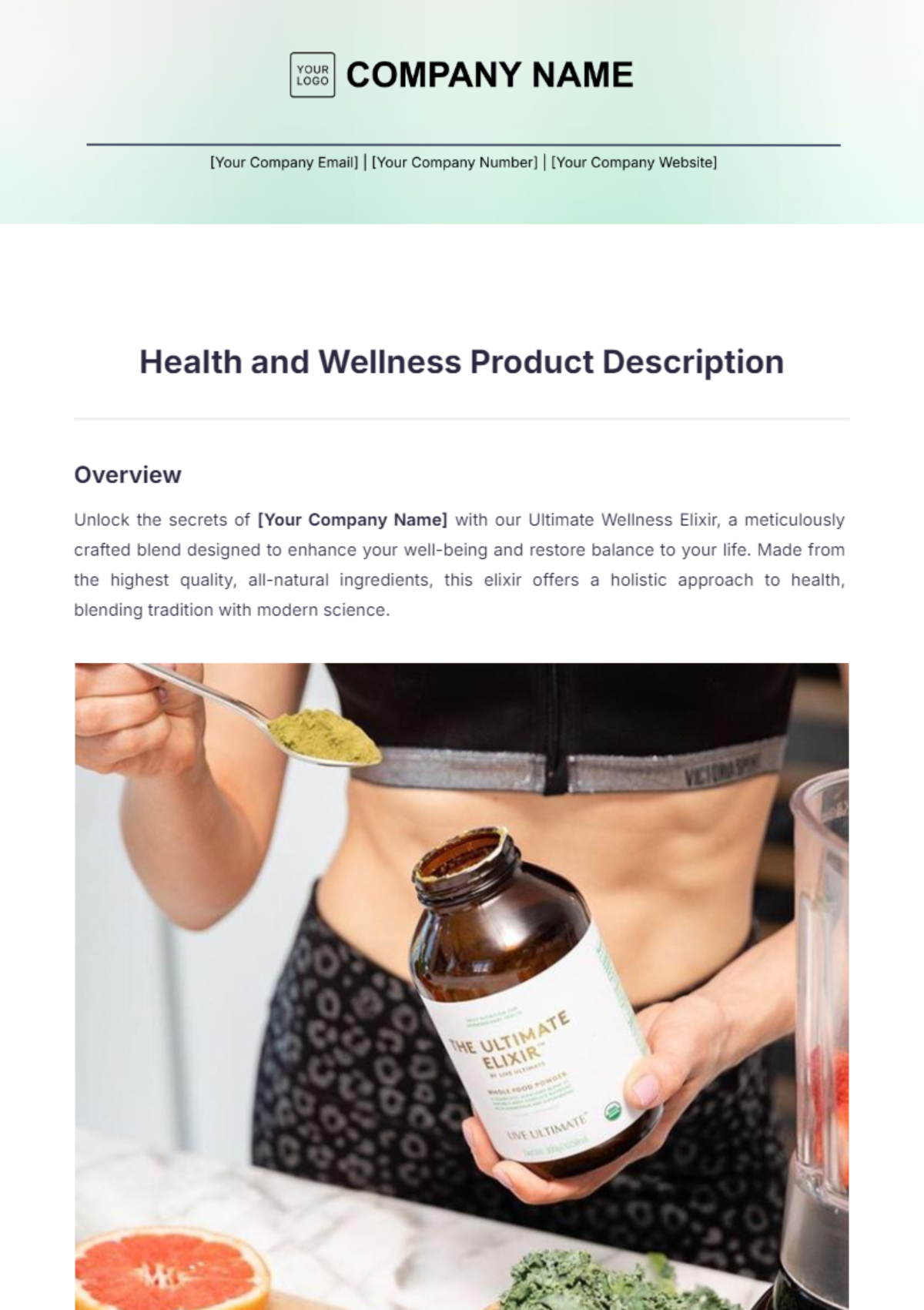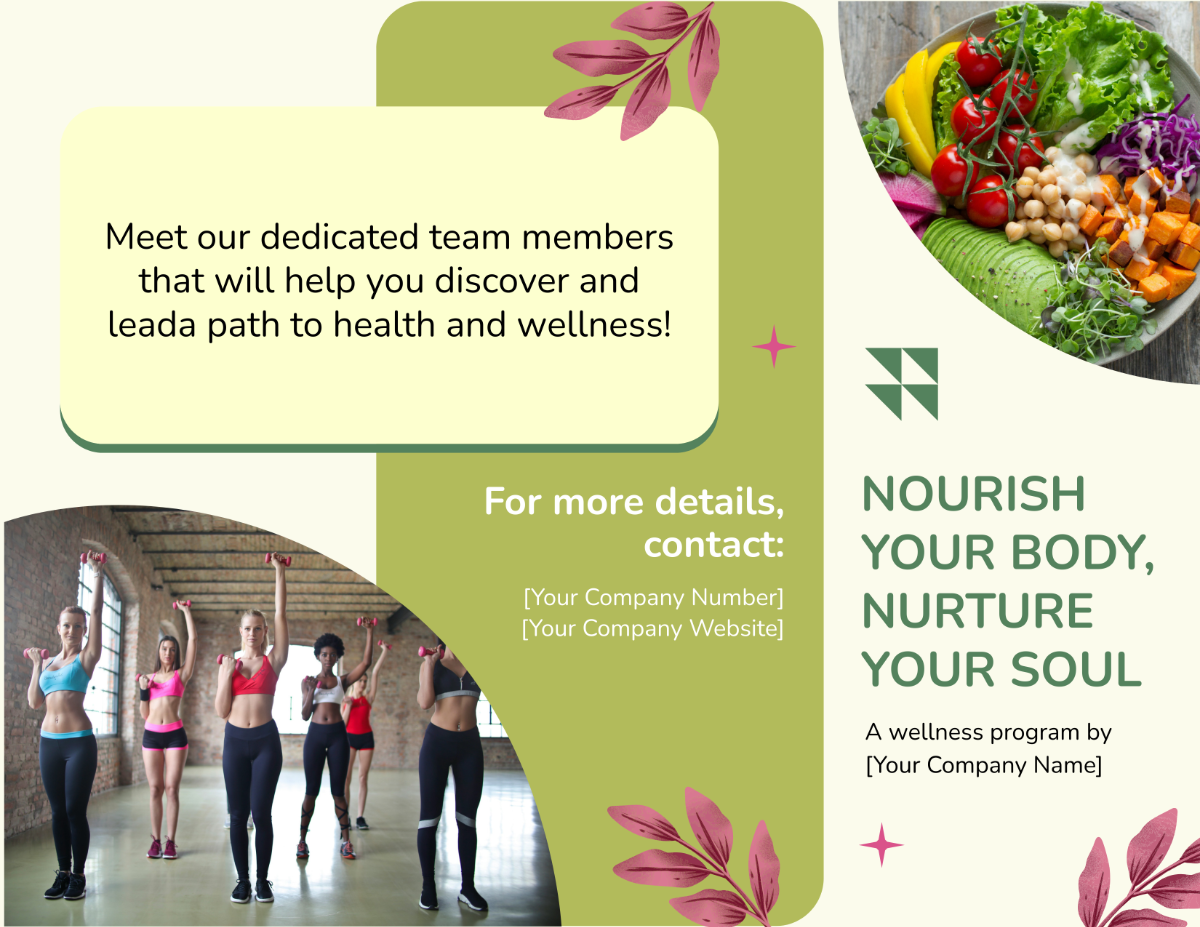Public Health Protocol
Prepared by: [Your Name], [Your Title]
[Your Company Name]
1. Introduction
The objective of this public health protocol is to provide guidelines for the prevention, control, and management of health issues affecting the population. It aims to ensure a coordinated response among public health authorities, healthcare providers, and the community to minimize the impact of health crises.
2. Prevention Strategies
Prevention is the most effective strategy for mitigating public health risks. This section outlines the essential prevention measures that should be implemented to maintain public health safety.
Vaccination Programs
Education and Awareness Campaigns
Sanitation and Hygiene Practices
Nutritional Interventions
Environmental Controls
3. Surveillance and Monitoring
Continuous monitoring of health indicators is critical for early detection and response to potential health threats. The following table outlines the key components of an effective surveillance system:
Component | Description |
|---|---|
Data Collection | Systematic gathering of health-related data from various sources. |
Data Analysis | Interpretation of data to identify trends and potential outbreaks. |
Reporting | Timely dissemination of information to relevant stakeholders. |
Response | Implementation of control measures based on surveillance findings. |
4. Emergency Response
In the event of a public health emergency, a prompt and coordinated response is crucial. The following steps outline the emergency response protocol:
Activation of Emergency Operations Center (EOC)
Situation Assessment
Resource Mobilization
Implementation of Control Measures
Communication with Public and Stakeholders
Evaluation and Debriefing
5. Health Education and Promotion
Promoting healthy behaviors and educating the public are vital components of public health. Key activities include:
Health Campaigns
Workshops and Seminars
Community Outreach Programs
Collaboration with Schools and Workplaces
Utilization of Mass Media and Social Media
6. Cooperation and Partnerships
Effective public health management requires cooperation among various stakeholders. Collaboration can be achieved through:
Inter-agency Coordination
Public-Private Partnerships
International Collaboration
Community Engagement
7. Evaluation and Improvement
Continuous evaluation of public health interventions ensures their effectiveness. This involves:
Regular Program Reviews
Performance Metrics
Feedback Mechanisms
Adoption of Best Practices
Policy Adjustments
8. Conclusion
This protocol provides a comprehensive framework for public health management. Adherence to these guidelines will help in achieving a healthier population and effectively responding to health challenges.

















































